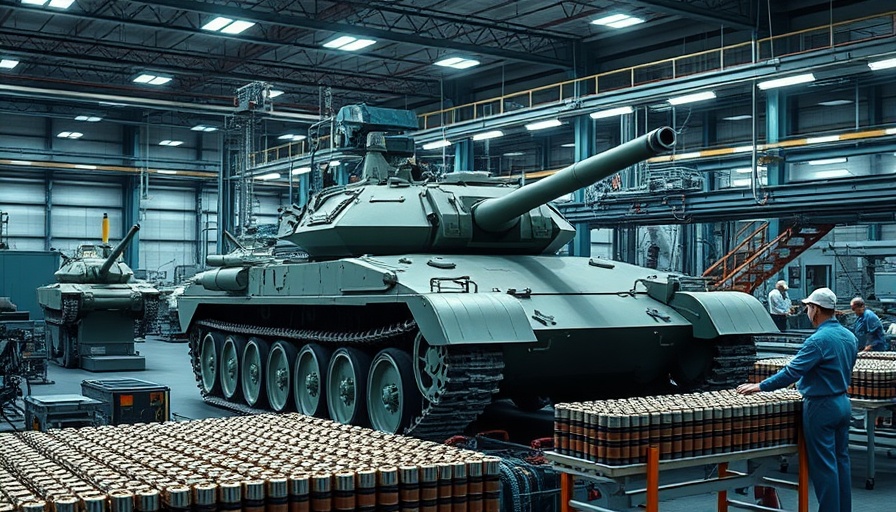
Europe's Accelerated Arms Production: An Urgent Reality
In recent years, Europe has witnessed a significant uptick in arms production, spurred by ongoing geopolitical tensions and an increasingly uncertain global landscape. As countries bolster their defense capabilities, arms factories across the continent are expanding operations at unprecedented rates. This surge not only marks a shift in military strategy but also reflects deeper economic trends related to security, innovation, and global partnerships.
The Driving Forces Behind Increased Arms Production
One of the primary catalysts for this newfound urgency in arms production is the conflict in Ukraine, which has underscored the fragility of peace in Europe and prompted nations to prioritize military readiness. With governments recognizing the need for enhanced defense capabilities, investments in arms manufacturing have skyrocketed. This isn't merely a reactionary measure; it's part of a broader strategic shift towards self-sufficiency in defense manufacturing, allowing nations to rely less on external suppliers.
Current Landscape of European Arms Factories
Factory expansions and new constructions are taking form across various European nations, propelled largely by national budgets that reflect a growing willingness to allocate resources to defense. Countries like Germany and France are at the forefront, implementing policies that not only increase funding but also streamline the bureaucratic processes that often delay military production.
Economic Implications and Market Trends
The implications of this arms expansion extend beyond just military readiness. On a broader scale, it intertwines with economic growth strategies, especially in regions like Silicon Valley, where defense technology intersects with venture capital funding. The tech industry is gradually seeing a rise in startups focused on defense technology, supporting innovation in military applications.
For instance, California-based firms are creating advanced manufacturing technologies relevant to aerospace and defense, receiving substantial venture capital investment aimed at capturing a share of the growing market. Startups engaged in cybersecurity or drone technology are popping up, reflecting a keen understanding of the modern battlefield that values technology as much as traditional warfare.
Future Trends and Opportunities
Looking forward, the trajectory of the arms industry suggests several potential opportunities for both investors and entrepreneurs. As the demand for innovative defense solutions grows, businesses may find ample room for collaboration with military contractors and government agencies. Companies specializing in defense logistics, sustainable materials, and green technology may find themselves in high demand as the conversation around military strategy further emphasizes environmental considerations and their role in warfare.
Conclusion: Navigating a Changing Landscape
As Europe builds for war, the expansion of arms factories serves as a crucial reminder of the world’s shifting priorities amid instability. For entrepreneurs, investors, and policymakers, understanding the intersection of military readiness and economic strategy will be critical in navigating this complex landscape. The future holds both challenges and opportunities as Europe steps into a new era of defense.
 Add Row
Add Row  Add
Add 



Write A Comment